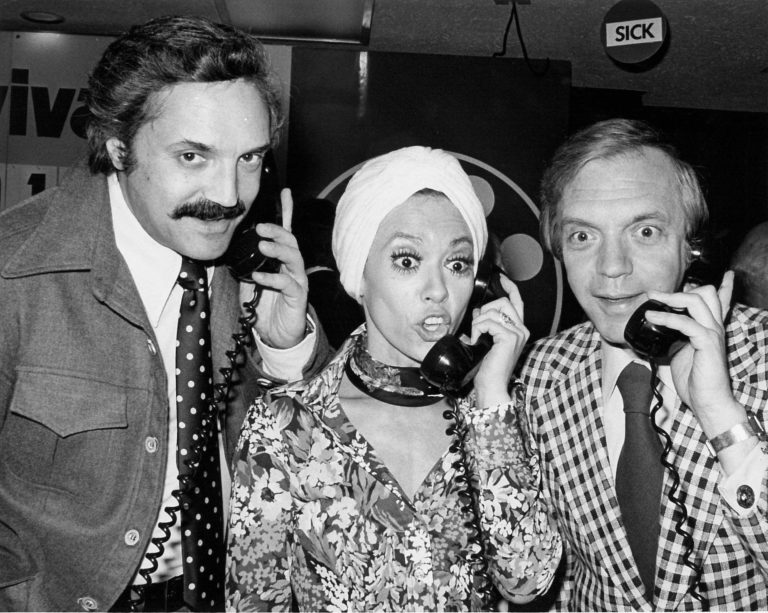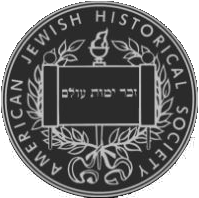The real-life inspiration behind one of the most interesting characters from Sir Walter Scott’s Ivanhoe: Rebecca of York.
What does Sir Walter Scott’s 1820 novel, Ivanhoe, have to do with American Jewish History? At face value, very little. The book is set in 12th century England, and single-handedly boosted popular interest in such historical figures as Richard the Lionheart, and King John. One of the standout characters from this book is the “Jewess,” Rebecca of York. Rebecca was so popular that, generations before fan communities coined the term “fanfiction,” William Thackeray wrote a post-Ivanhoe fanfic in which the eponymous character ended up with Rebecca instead of Rowena (in modern parlance, this is called “fix-it fic”).
Ivanhoe‘s Rebecca of York was an accomplished healer. Passionately dedicated to her faith, she chose Judaism over her own life even when threatened with execution, and chose Judaism again over the love she held for the gentile Ivanhoe. At the end of the book, Rebecca and her father Isaac leave England for Granada, while Ivanhoe ends up (romantically) with Rowena.
A fascinating character, Rebecca of York also served a rhetorical purpose. Scott wrote Ivanhoe as a series of anti-Semitic riots, called the “Hep! Hep!” riots, broke out in the German states in 1819; and as European national identities and politics continuously came into conflict with the meaning and implications of Jewish identity in Europe. Indeed, this critique was most evident when Rebecca says to Rowena that “less cruel are the cruelties of the Moors unto the race of Jacob than the cruelties of the Nazarenes of England.”

Rebecca of York did not burst out of Scott’s head fully formed. One tradition holds that Rebecca of York was inspired by Rebecca Gratz (1781-1869) of Philadelphia.
A passionate educator and philanthropist, Rebecca Gratz was the most prominent Jewish woman in the Early Republic period of American history. She founded the Female Association for the Relief of Women and Children in Reduced Circumstances in 1801 at the age of 20; the Philadelphia Orphan Asylum; the Female Hebrew Benevolent Society—the first American Jewish institution run by women; and, in 1838, the first “Hebrew Sunday School.”
Rebecca Gratz maintained friendships with many of the prominent intellectuals of her day, and had a particularly close friendship with Washington Irving. Indeed, the Gratz family had a room in their home they specifically set aside for Irving’s use when he was in town. In Recollections of my aunt, Rebecca Gratz by Rebecca’s niece, Sara Ann Mordecai, Mordecai recalled that she would “never forget when Washington Irving returned from Spain, after an absence of fifteen years from his native country. I most fortunately was at Aunt Becky’s when he called, immediately after his arrival, to see his old friend, Rebecca, and, with the familiarity of an old friend, she called him ‘Washington.’”
Washington Irving was a frequent traveler. On one of his trips, he met and befriended Sir Walter Scott. During an 1817 visit, Irving told Scott all about his dear friend Rebecca. Three years later, Scott published Ivanhoe. Word began to spread through American society that Rebecca Gratz was the true Rebecca of York. After all, the two women had much in common: their intelligence, their kindness, their beauty, their nursing skills, and their doomed love for non-Jewish men (by many accounts, Gratz was in love with a gentile man by the name of Samuel Ewing; he, in fact, proposed to Gratz, but she turned him down due to their incompatible faiths.) So influential was this rumor that Mordecai opened her Recollections with: “Those who knew my aunt…have gone…to their rest, and I feel that my time is drawing near, and that no one will be left to record the memory of Rebecca Gratz…the original of Scott’s Rebecca in ‘Ivanhoe.’”
So, was Rebecca Gratz the true model for Rebecca of York? Many secondary accounts claim to have seen letters between Irving and Scott stating as much, yet, none have seen these letters since. So, perhaps it is best to allow Ms. Gratz herself to speak on the issue. During her lifetime, many approached Rebecca to ask if the rumors were true. Her response? “They say so, my dear.”
References:
Jacobs, Joseph. “THE ORIGINAL OF SCOTT’S REBECCA.” Publications of the American Jewish Historical Society, no. 22 (1914): 53-60. http://www.jstor.org/stable/43057926.
Mordecai, Sara Ann. Recollections of My Aunt, Rebecca Gratz, 1893. Collection P-116.
Ragussis, Michael. “Writing Nationalist History: England, the Conversion of the Jews, and Ivanhoe.” ELH 60, no. 1 (1993): 181-215. http://www.jstor.org/stable/2873312.
Finding Aid; Gratz family (Philadelphia) Papers; P-8; box number; American Jewish Historical Society, New York, NY.
Finding Aid, MS-236. Rebecca Gratz Collection. American Jewish Archives, Cincinnati, Ohio. http://collections.americanjewisharchives.org/ms/ms0236/ms0236.html.







